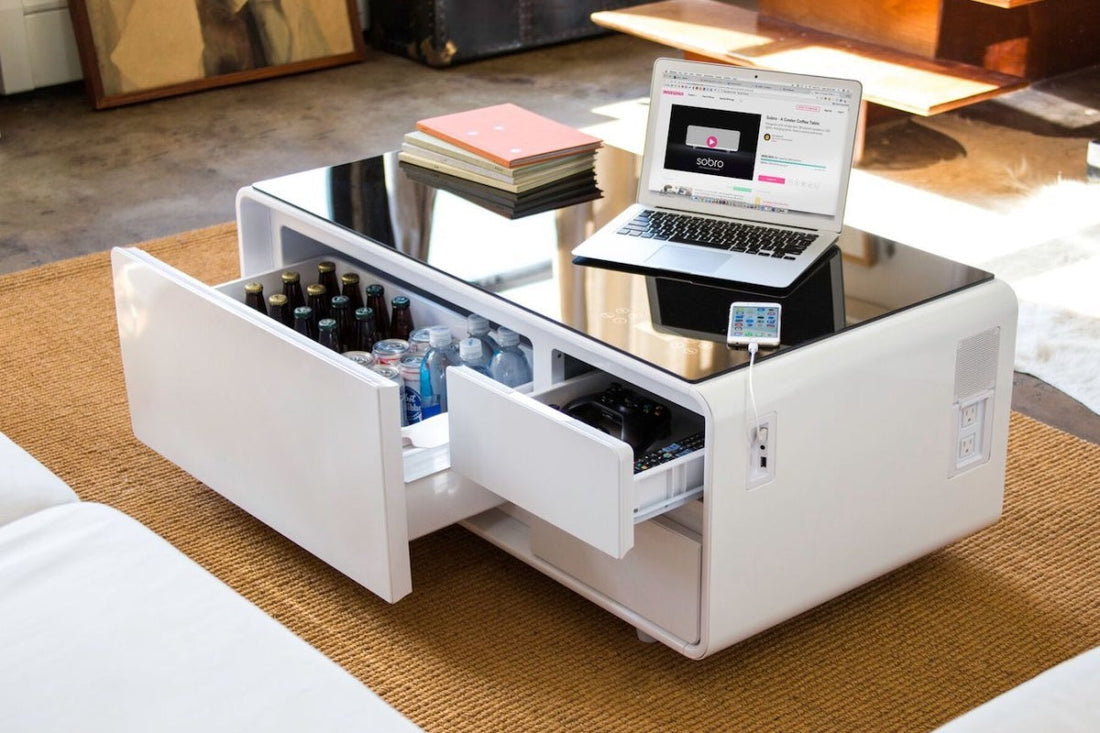
Europe Smart Furniture Market is expected to reach USD 1330 million by 2030
Share

The Europe Smart Furniture Market, is expected to experience substantial growth, reaching USD 1330 million at a Compound Annual Growth Rate CAGR of 5% by 2030. This growth is driven by several key factors, including the increased penetration of Internet of Things (IoT) devices in residential spaces, rising demand for energy-efficient products, and the growing need for space-saving and multifunctional furniture.
Explore the Benefits with a FREE Sample!
According to a new research report by Next Move Strategy Consulting, IoT technology is playing a pivotal role in the smart furniture industry’s evolution. The integration of smart furniture with IoT devices allows for personalized and efficient living experiences, seamlessly connecting users with their home environments. As more consumers embrace the convenience and connectivity of IoT, the smart furniture industry is witnessing rapid expansion.
Another major driver is the rising demand for energy efficiency and sustainability. Consumers are increasingly aware of the environmental impact of their choices, prompting furniture manufacturers to innovate with energy-saving features like LED lighting and smart sensors. Furthermore, there is a growing preference for sustainable materials, including recycled and responsibly sourced options, which aligns with the global movement toward greener living.
The demand for smart furniture is also fueled by the limited space available in urban living environments. City dwellers are seeking furniture that maximizes space and serves multiple functions. Smart furniture, with features such as hidden storage, foldable designs, and adaptability to various uses, is meeting this need and becoming essential in compact living spaces.
However, the high cost of integrating advanced technologies into smart furniture remains a significant challenge. While the technology offers numerous benefits, the expense can be a barrier for many potential buyers, particularly those who are budget-conscious. This presents a challenge for the market’s expansion in certain consumer segments.
Despite this, the rapid advancements in home automation technology present significant growth opportunities. The ability to integrate smart furniture into existing smart home ecosystems, such as voice assistants and smart thermostats, enhances the user experience and increases the versatility of smart furniture. As technology continues to evolve, this integration will make smart furniture more accessible and user-friendly for a wider range of consumers.
Conclusion:
The Europe Smart Furniture Market is on a strong upward trajectory, fueled by the increasing demand for IoT connectivity, energy-efficient solutions, and multifunctional designs. While challenges such as high costs may slow the adoption of smart furniture in some segments, the overall outlook remains positive. The ongoing advancements in home automation and growing consumer preference for eco-friendly products are poised to further drive the market’s growth in the coming years. As the smart furniture industry continues to evolve, it is well-positioned to meet the changing needs of modern homeowners and shape the future of living spaces in Europe.